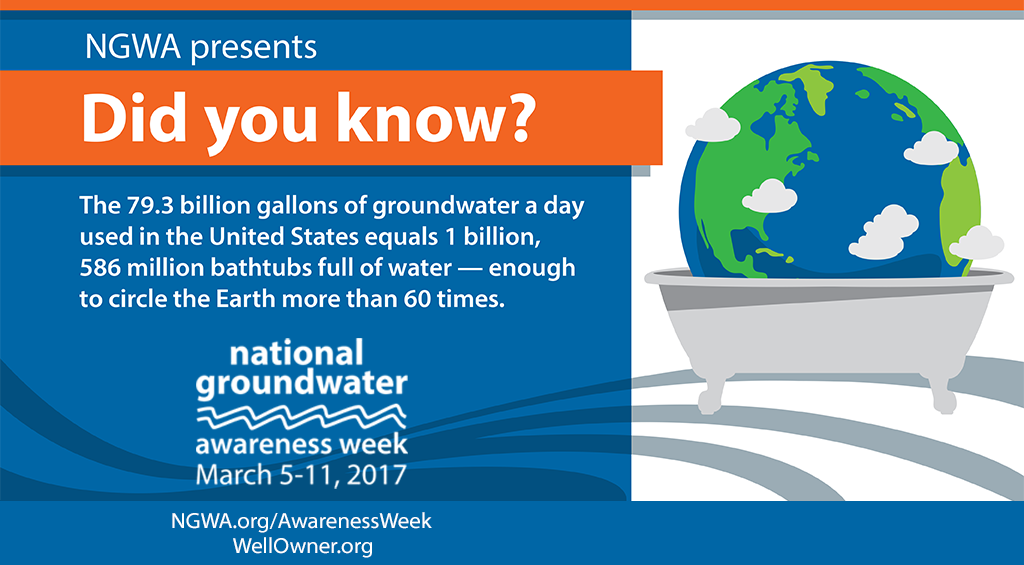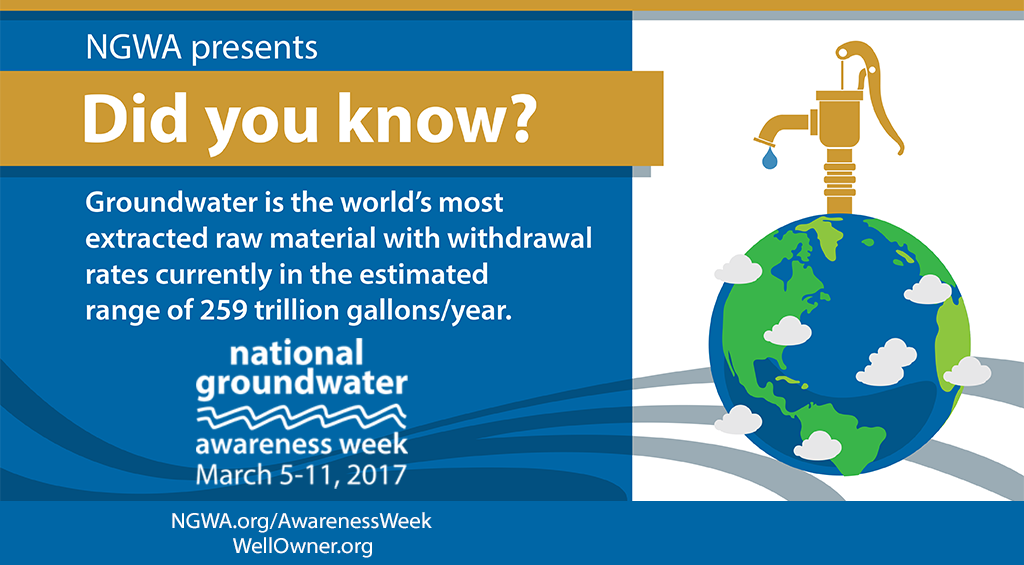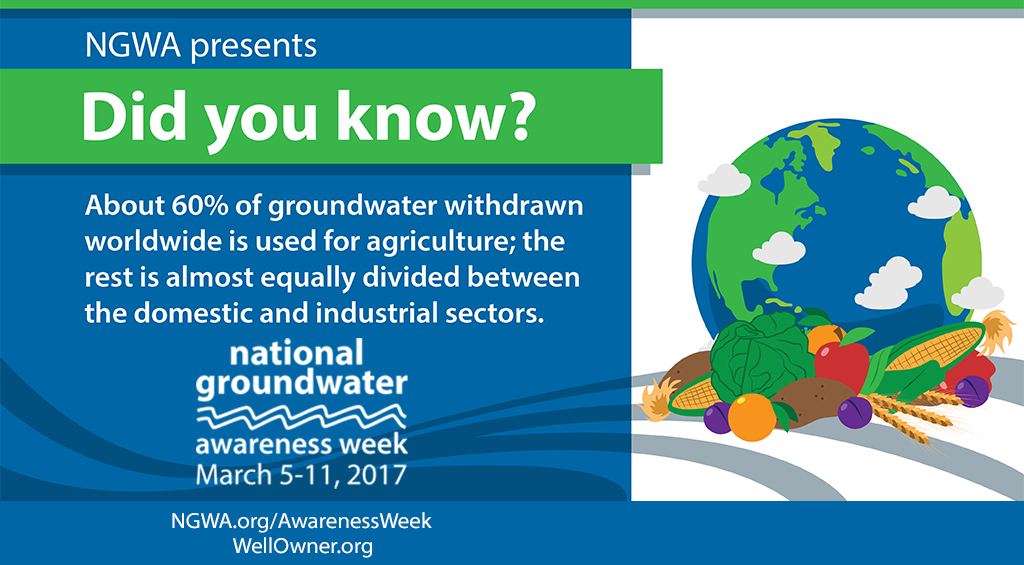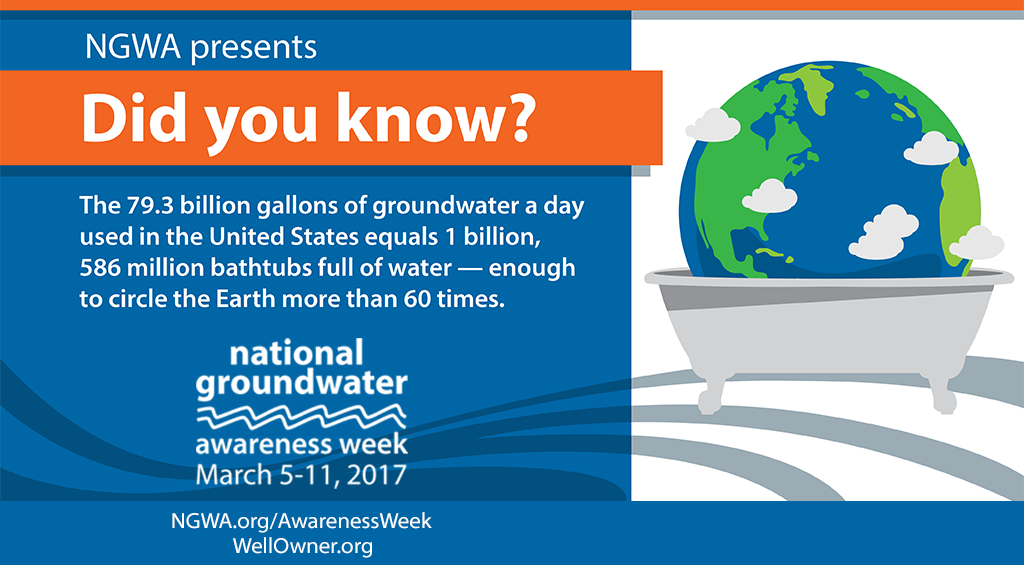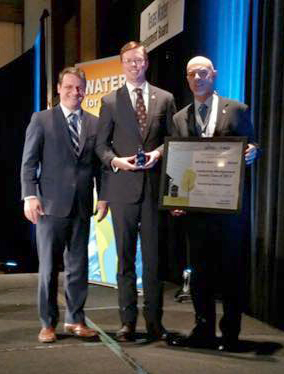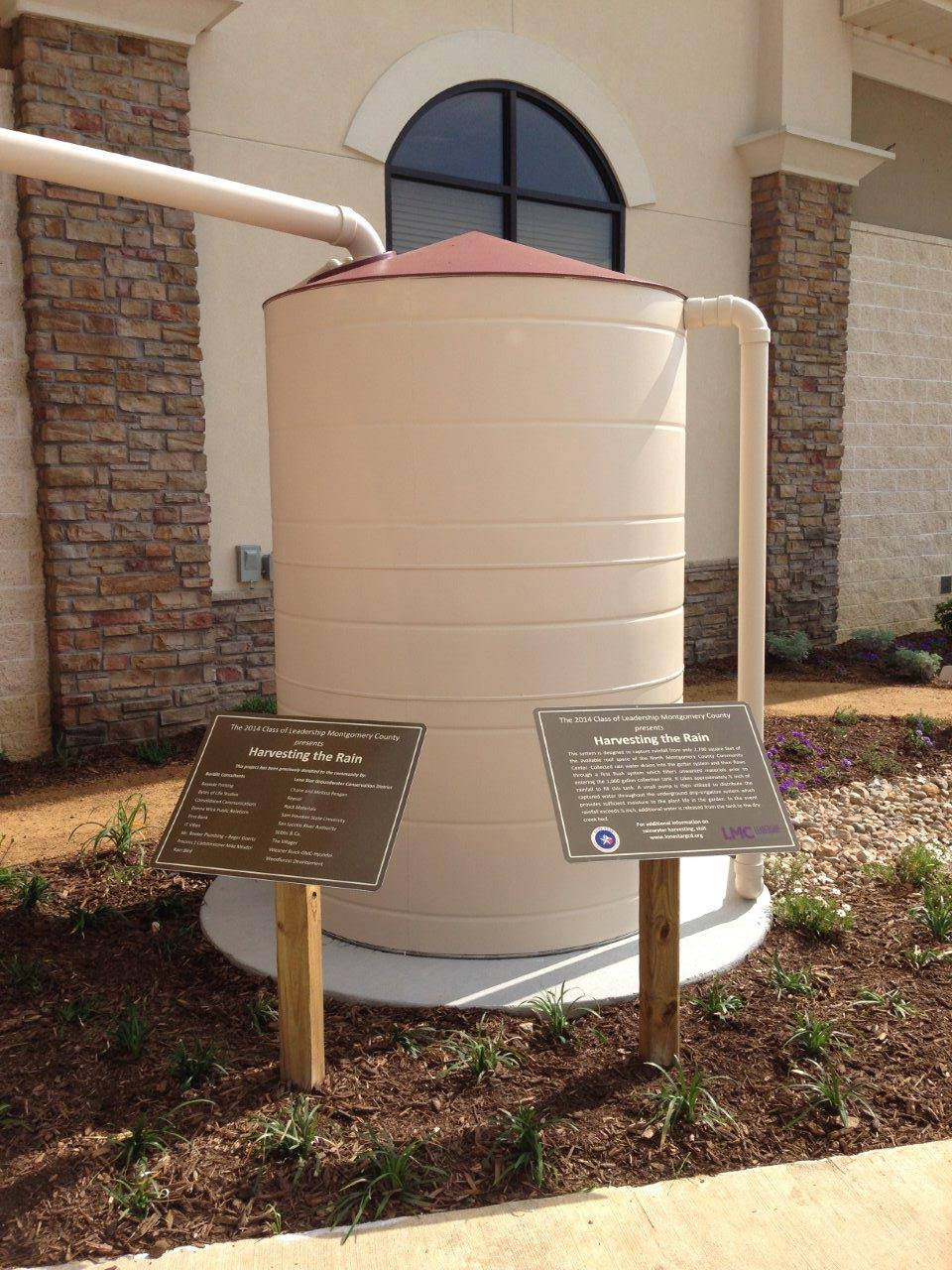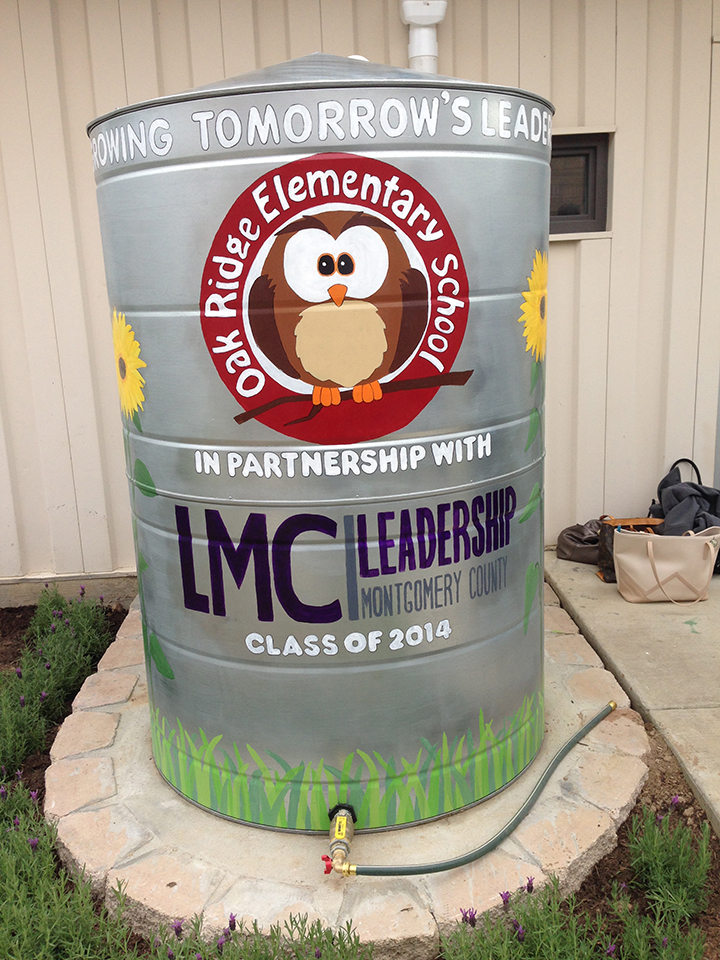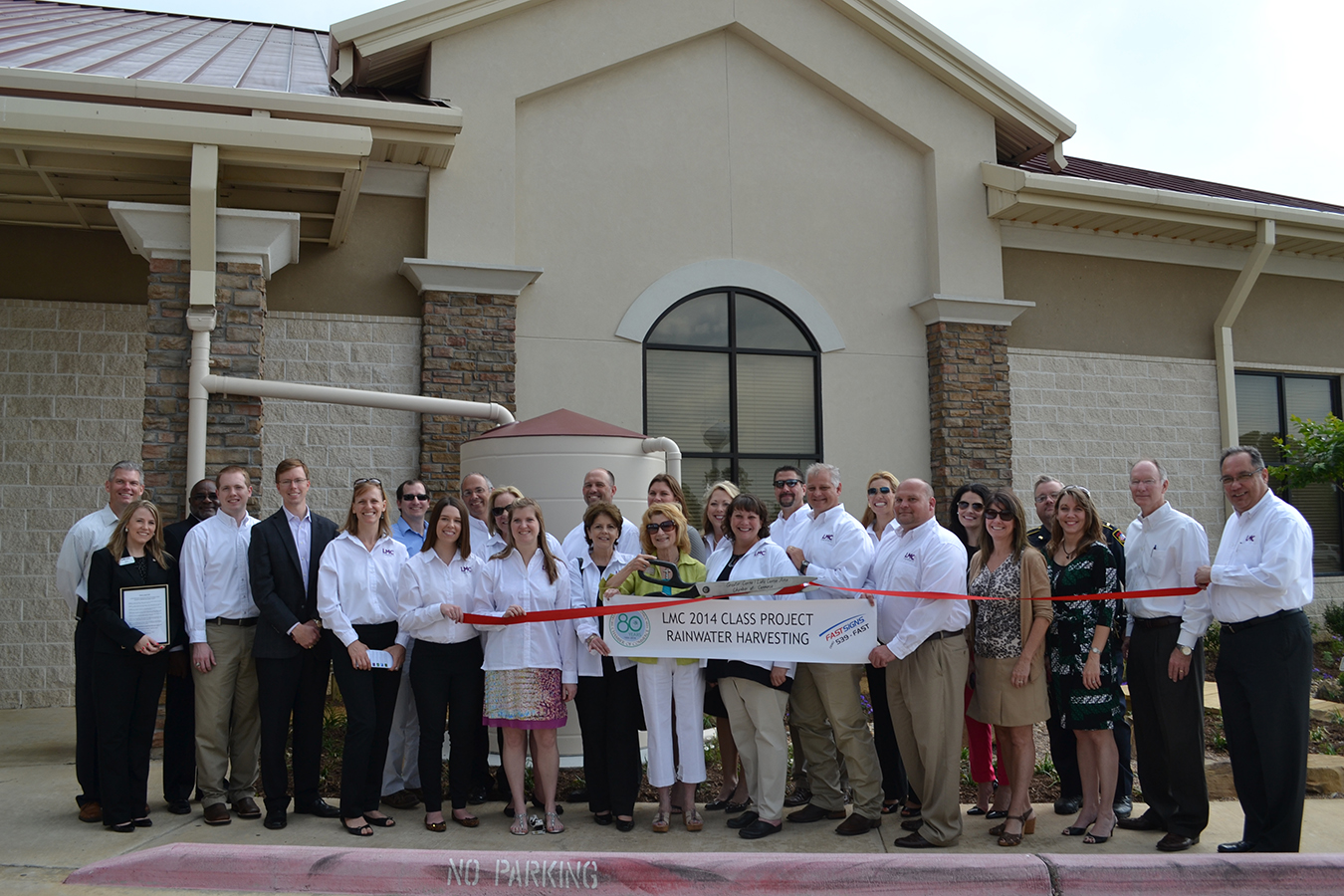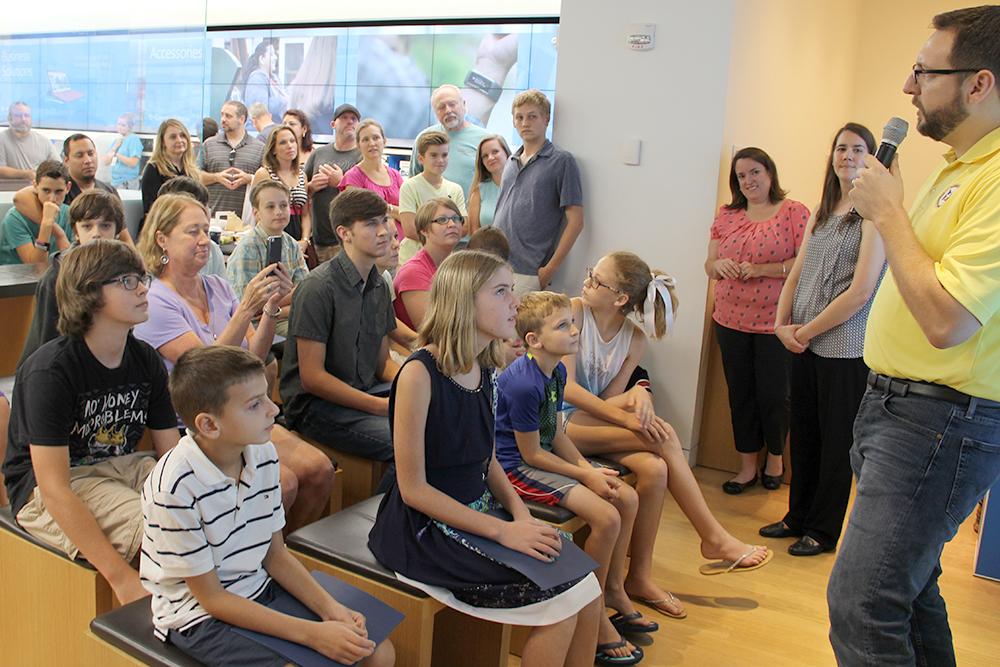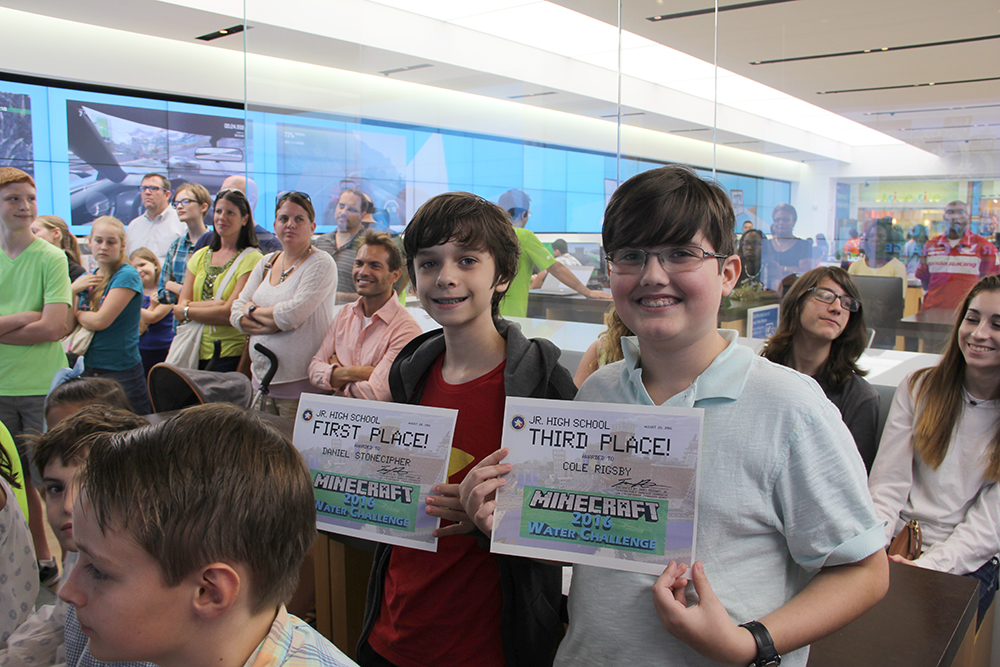In this March 20, 2017 photo, on behalf of State Sen. Brandon Creighton, R-Conroe, County Judge Craig Doyal, center, reads Senate Resolution No. 425, honoring Richard J. Tramm, left, for his service to the Lone Star Groundwater Conservation District during a recognition reception held at LSGCD’s office in Conroe. Standing to the right is newly elected LSGCD Board President Rick Moffatt.
CONROE, TX – March 21, 2017 – Friends, family and professional colleagues gathered Monday afternoon to recognize Richard J. Tramm, Lone Star Groundwater Conservation District’s former president and longest-serving board member, for his many years of dedicated service on behalf of Montgomery County.
On behalf of State Sen. Brandon Creighton, R-Conroe, County Judge Craig Doyal presented a senate resolution commending Tramm “on his outstanding service and commitment” to LSGCD.
“Under his leadership, the Lone Star Groundwater Conservation District has consistently worked to balance the needs of large and small volume water users and to promote the long-term viability of Montgomery County’s groundwater supply; he has been a consistent proponent of protecting the rights of all well owners and of using the best available science in managing the county’s water supply,” the resolution read.
Doyal echoed the resolution’s sentiment.
“On behalf of Montgomery County, Richard, thank you for your service to this community. Thank you for your willingness to be here … Thank you for an outstanding job,” Doyal said.
Tramm said it had been his pleasure to serve on the LSGCD board since its inception 16 years ago.
“I can honestly say I felt like I’ve been able to do the best I can, under sometimes difficult circumstances,” Tramm said. “And while I’ve been willing to work with everyone and deal with everyone on a fair and open basis, I also don’t feel like I’ve ever had to compromise my integrity to be able to work with everyone.”
He said he is proud of the work LSGCD has accomplished and knows that it will make a lasting difference.
“Richard’s leadership of the District—from its inception in 2001 through its achievement of long-term viable aquifer management and a diversified water portfolio for Montgomery County in 2016—will leave a lasting legacy amongst his fellow board members, the District staff, and residents throughout Montgomery County,” said LSGCD General Manager Kathy Turner Jones.
Newly elected Board President, Rick Moffatt, acknowledged he has some big shoes to fill.
“Fortunately, Richard has set an excellent example for those of us who follow in his footsteps,” Moffatt said.
Tramm has an extensive background in the drinking water and public utility fields, having held several professional certifications from the Texas Commission on Environmental Quality and its predecessor agencies, and the Texas Rural Water Association. Following six years of service with the United States Marine Corps, he earned a Bachelor of Science Degree from the University of Houston in 1994. He has previously worked as the Operations Manager of A-1 Utility and Construction Services, Inc., a locally owned and operated utility contract operations company. Currently, he serves as the general manager of the Porter Special Utility District, the third largest water system in Montgomery County.
Tramm was originally appointed to the position of Director of the Lone Star Groundwater Conservation District by the Montgomery County Commissioners Court in 2001, as one of the two countywide representatives. He initially served as President until 2005, when he chose not to seek reelection to that position. During the next several years he also served as Secretary and Vice-President of the Board of Directors, until again being elected as President in 2009. He continued to serve in that capacity until the conclusion of his recently completed fourth term in office.




